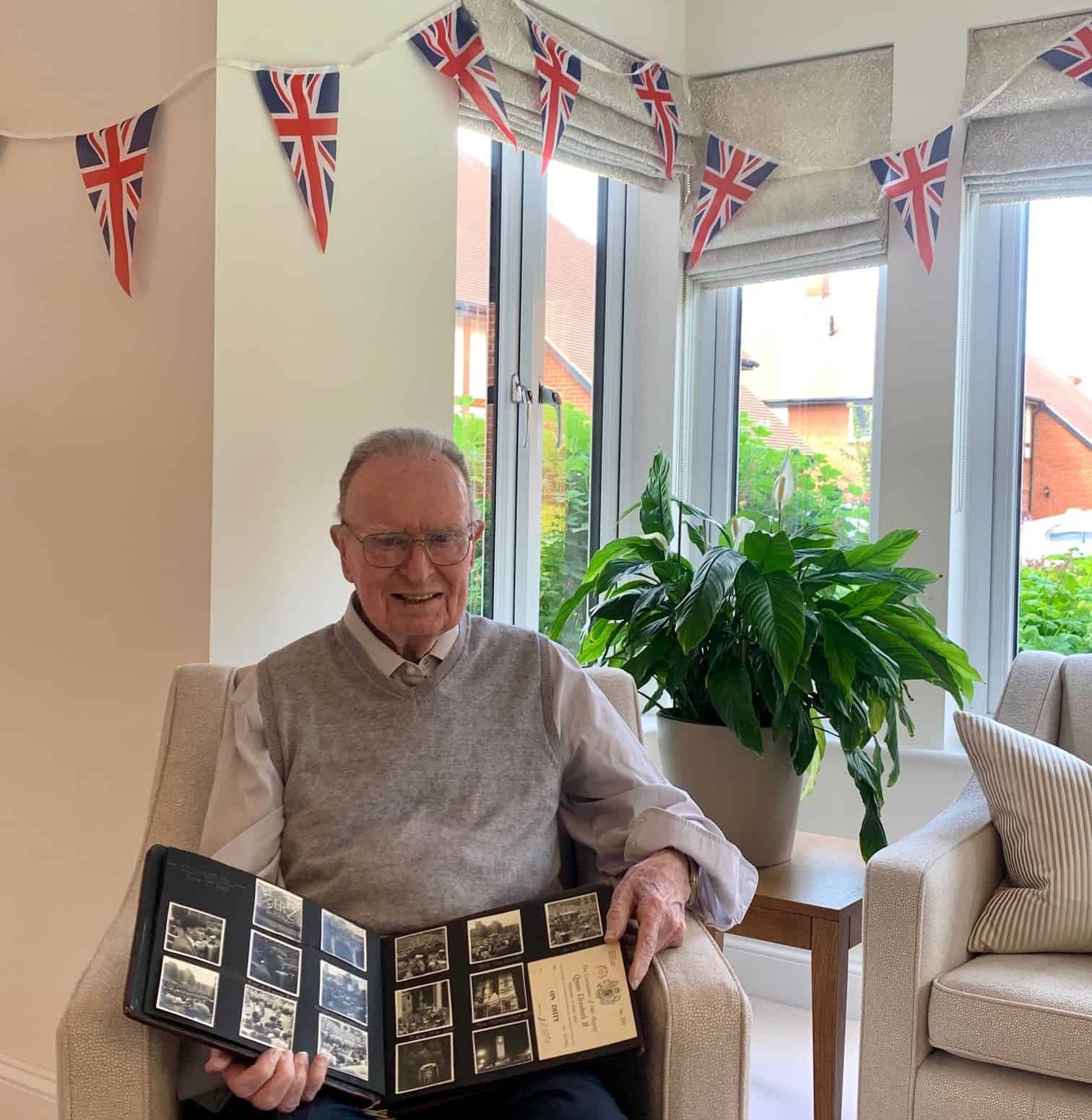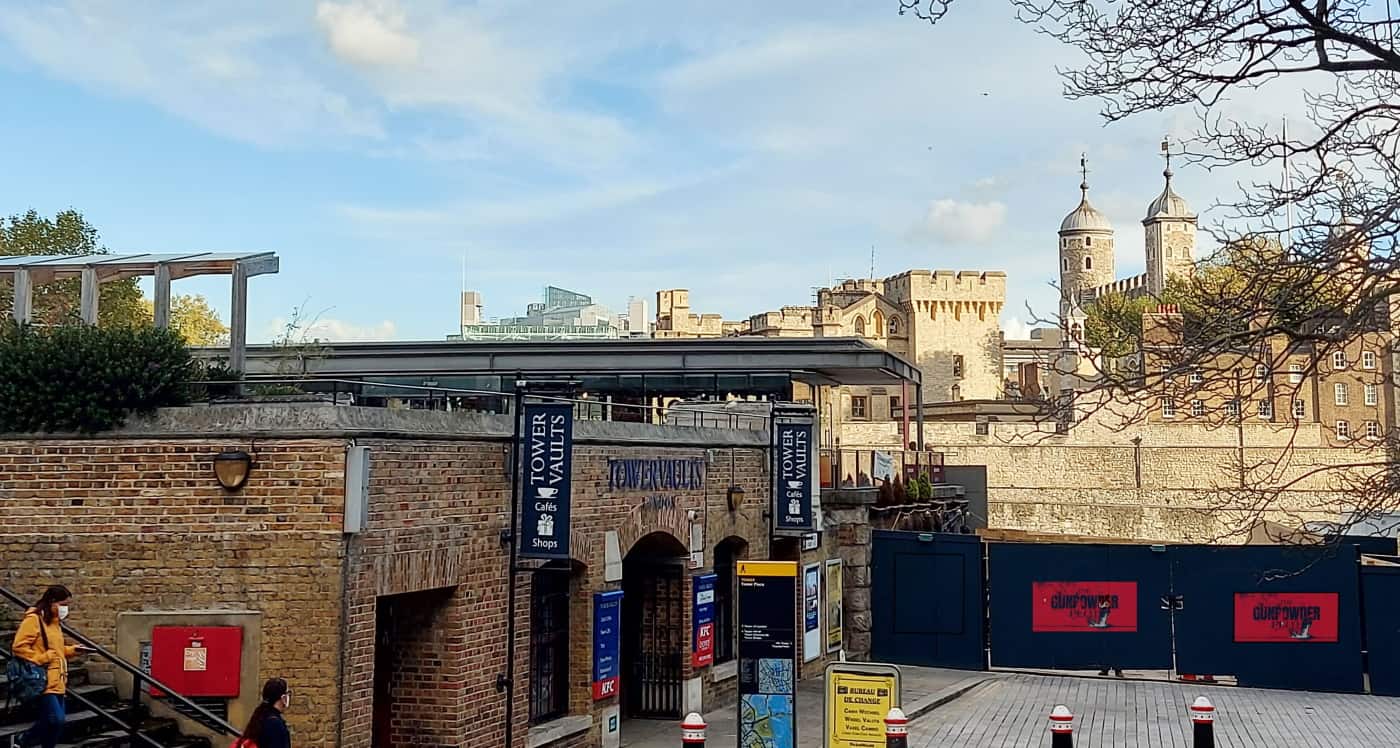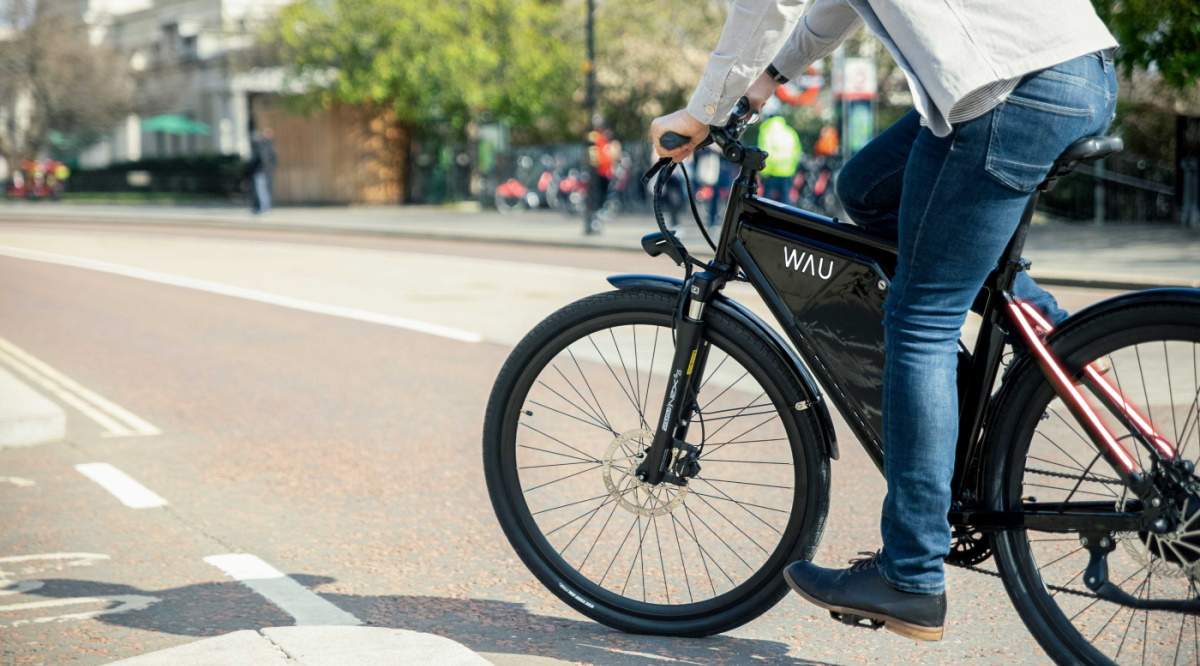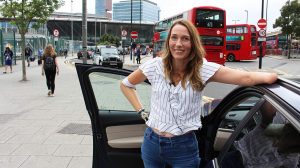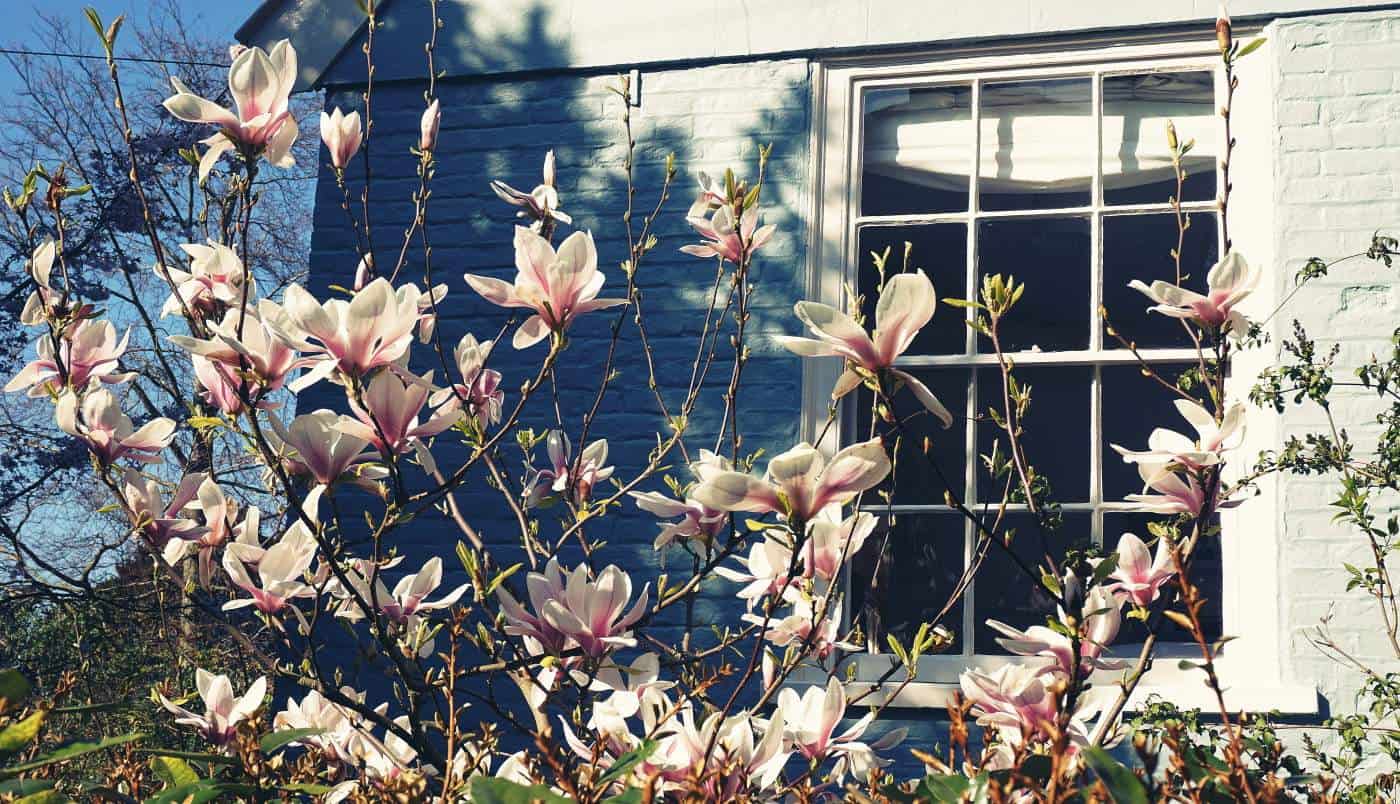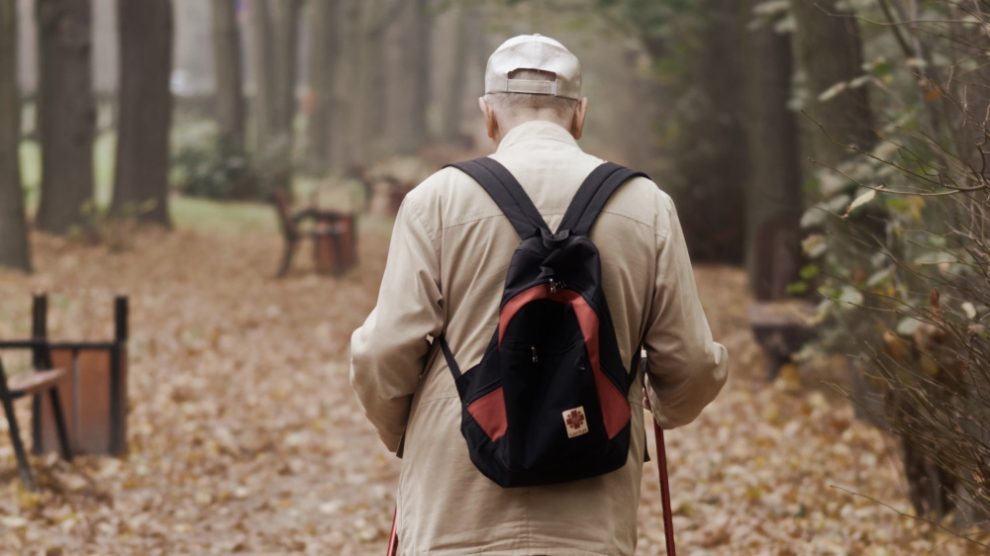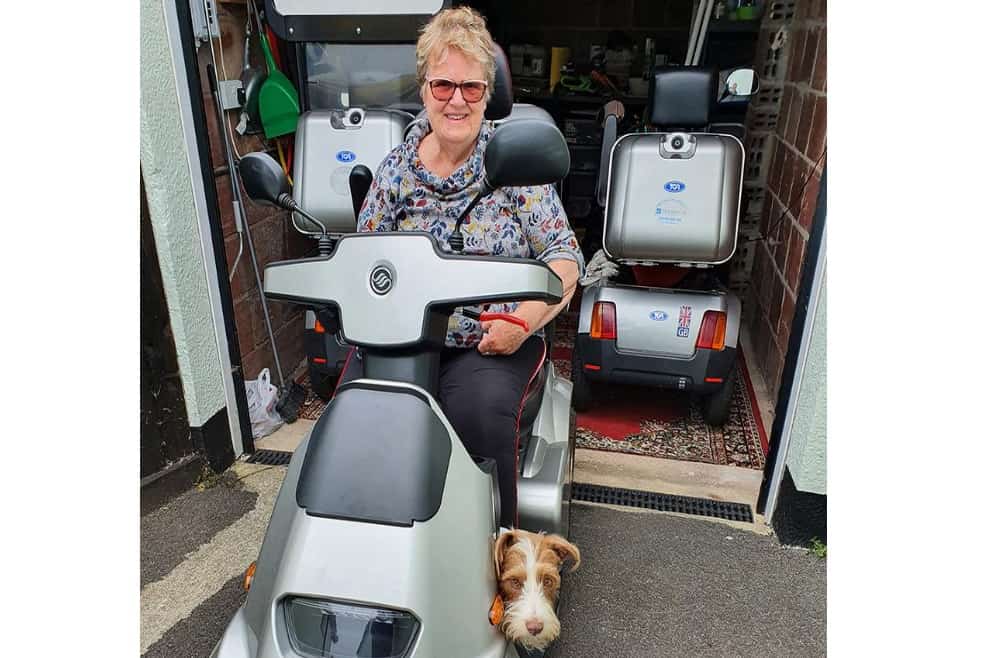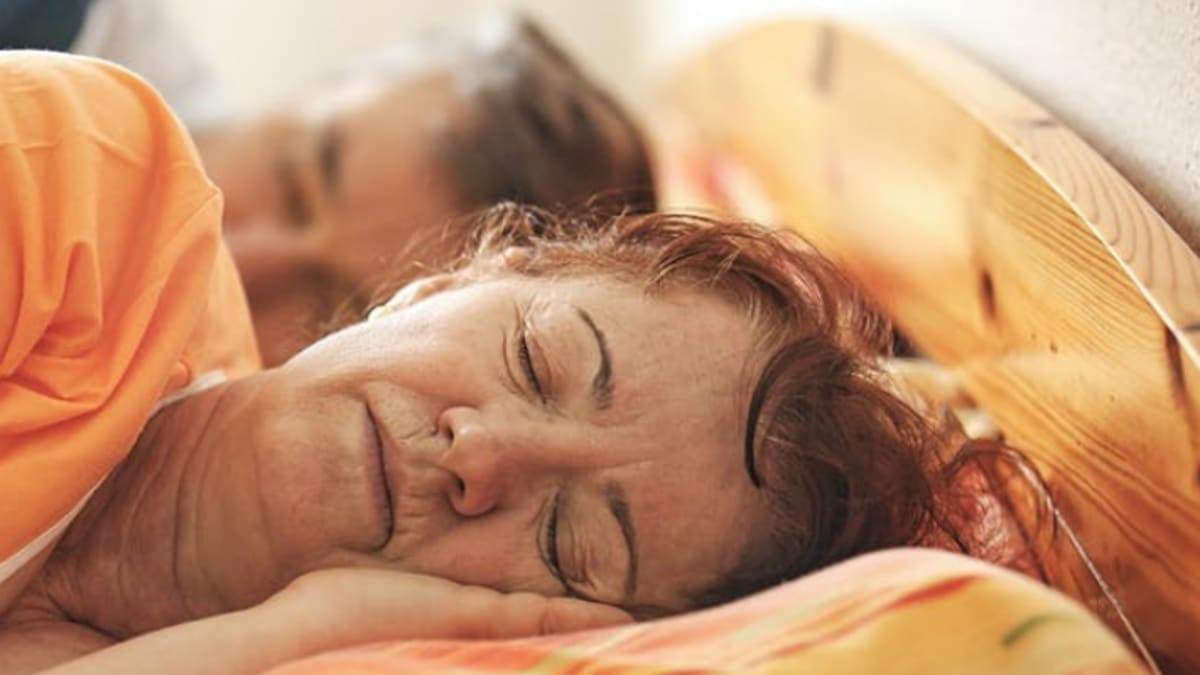Disturbing research from a recent survey by Community Led Homes found 900,000 Britons think it would take more than a week for their dead bodies to be found and fear dying alone.
Living alone versus living with others
At the start of 2020 it was revealed that 1 in 10 British adults (11%) who live alone say it would take more than a week for their body to be found compared to 3% who live with others.
From my roles as energy advisor and care support worker I can quite believe these figures. Visiting elderly people alone in their homes was quite depressing, many would not hear from family or neighbours at all for weeks on end.
Many older people chose to stay in their family home alone rather than down sizing or moving to community living. Leaving a home you have lived in with the family is just too hard.
Benefits of Community living
Community Led Homes is encouraging people to consider community led housing as a way of combating the challenges of solo living and loneliness.
The survey, commissioned by Community Led Homes and carried out by Savanta ComRes, also uncovers that 3% of British adults living alone say they think they would be left dead in their home for longer than 1 month before anybody found them (3). This is the equivalent of 240,300 people.
Data from the Office for National Statistics show a 38% rise in deaths during the second week of January, known as the deadliest week of the year, where on average 13,822 people die (4), compared to an average of 9,999 deaths every other week (5).
Community Led Homes’ More than Housing campaign raises awareness of the benefits of community led housing as a way to combat some of the challenges of solo living. The project supports communities to make supportive, affordable and secure homes together.
Rightsize – cohousing project
Ted Stevens, 67, built his own home for his family in rural Chosen Hill, Gloucestershire. He now lives alone. In 2019, with plans to ‘rightsize’, Ted and a good friend started a cohousing project:
“I started to build my own home twenty years ago. At the time it was my dream retirement home. Like many others, my plan was to move to the country and have a nice big garden to enjoy but now I think why on earth did I move to the country! It’s in the middle of nowhere and a mile and a half walk to the nearest bus stop.
“I could pop my clogs and not be found for a week. My kids phone me but if they couldn’t get hold of me they’d probably think I was out somewhere so it could easily be a week, a fortnight or a month even before anyone said ‘has anyone heard from him?’.
“I want to futureproof the transition I’m going to go through over the next ten or twenty years. That’s what cohousing means for me.”
77% Britons chose to live alone
In 2018, the number of Britons living alone rose to more than 8 million – its highest recorded level – and is expected to reach 10.7 million by 2039 (2). While over 6 million (77%) of these chose to live alone, research shows that large numbers do want the support of others. Nearly half (47%) of British adults living alone said they want people in their local area who would know if they were unwell.
Janet Wood, 73, is a resident at New Ground Cohousing. Before moving there in January 2017 she had lived in the same rented council flat for forty years. She has lived alone for over ten years after her daughter moved out.
“If my blinds weren’t pulled for a day someone would check on me. It happened the other week. I forgot to put my blind up when I left in the morning and others noticed. They looked through the door and could see that my bed was made. If there are any worries about somebody we’ve all agreed that we can let ourselves in and make sure everything is okay.
“My life has been completely transformed since moving into this cohousing community. There’s always someone to talk to, I can knock on any door. We respect and look out for each other. I’ve never had that before.”
Samantha Jones, Head of Community Led Homes, said:
“For many people who live alone, dying at home and how long it would take to be found is a very real concern. Many worry about what would happen if they were unwell or needed help too. As a way to take control and futureproof their housing needs people across the country are deciding that being a part of a network of neighbours who look out for each other is the way to go. This is more than housing, it is security, togetherness, even friendship.”
With lots of people enjoying living solo and numbers on the increase, solutions to the more difficult aspects are needed. With recent government research showing that there are plans for over 16,600 community led homes to be developed, three times the estimate from two years ago, community led housing is a growing approach.
For those who want to live solo, it means they can live in homes on their own but with the support of their neighbours as part of a structured community, with opportunities to socialise and share resources when they choose.
What is community led housing?
Community led housing is when local people come together to organise new housing that meets the needs of local people. It ensures that there is open and meaningful participation with the local community and that local people consent to the housing that is being created. The residents and local people can decide how to set up the community of neighbours and what kind of shared spaces and resources to put in place.
Find out more
Advice, resources and support, alongside grants of up to £10,000 to cover start-up costs and technical support, are available through Community Led Homes. Find out more at




